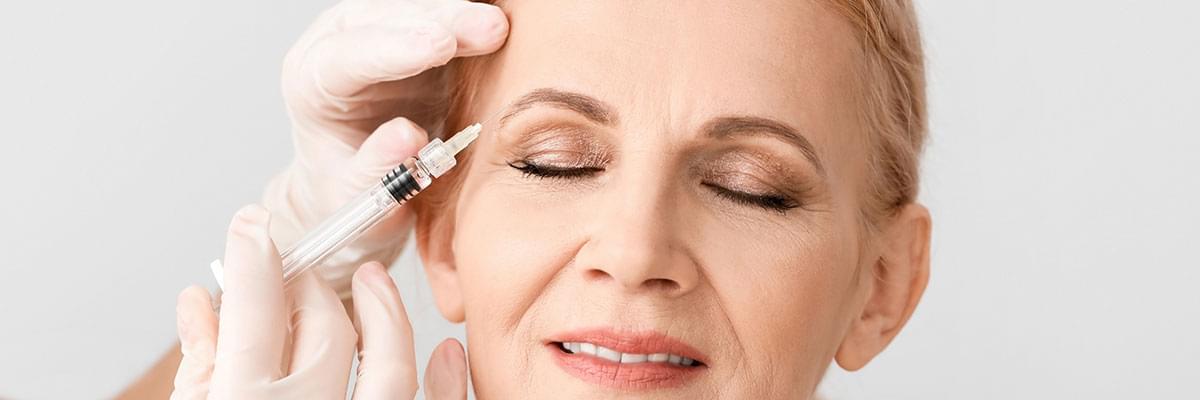
What can we do for you?
The idea of reversing ageing has fascinated humanity for centuries. From ancient potions to modern pills, people have always searched for ways to stay young. But today, that search is backed by real science, technology, and innovation. While we can’t turn back the biological clock entirely, we can now slow, improve, and in some ways, even reverse visible and internal signs of ageing. So what’s actually possible in 2025 when it comes to turning back time?The ageing process affects every part of the body, from skin and hair to joints, organs, and DNA. What we call “ageing” is really the result of a series of biological changes, including the breakdown of collagen, oxidative stress, cellular damage, inflammation, and hormone shifts. The good news is that science now understands many of these changes—and is developing ways to counteract them.
Skincare that slows visible ageing
When it comes to reversing the signs of ageing, the skin is often the first focus. Wrinkles, sagging, uneven tone, and dryness are all visible signs of time. Thanks to advanced formulations and ingredients, skincare has become much more effective in recent years.
Retinoids remain the gold standard for reducing fine lines and boosting collagen. These vitamin A derivatives help increase cell turnover and stimulate skin repair. Antioxidants like vitamin C, niacinamide, and resveratrol protect skin from environmental damage, while peptides help improve firmness.
Hydration and barrier-repair ingredients like ceramides and hyaluronic acid are also crucial in keeping skin youthful. Consistent use of high-quality products, combined with daily SPF, can significantly delay and even reverse signs of skin ageing.
In-office aesthetic treatments
For those looking for more dramatic or faster results, aesthetic treatments offer impressive solutions. Dermal fillers can restore lost volume and smooth deep lines, while wrinkle relaxers like Botox reduce dynamic wrinkles caused by facial expressions.
Laser resurfacing, microneedling, and radiofrequency-based treatments stimulate collagen and elastin production at a deeper level. These technologies improve skin tone, texture, and firmness over time, and newer devices are increasingly effective with minimal downtime.
Chemical peels, LED light therapy, and ultrasound-based lifting treatments also play a role in rejuvenating the skin. While none of these completely stop the ageing process, they can make you look significantly younger and more refreshed when done well.
Longevity science and regenerative medicine
Beyond the surface, researchers are exploring deeper methods to reverse the ageing process. Longevity science is booming, and some breakthroughs have moved from the lab into real life.
One of the most exciting areas is regenerative medicine. Stem cell therapies, platelet-rich plasma (PRP), and exosome treatments aim to repair damaged tissue, reduce inflammation, and stimulate regeneration at the cellular level. These are being used in skin rejuvenation, joint repair, and even hair restoration.
Another field gaining attention is senolytics—drugs designed to target and eliminate “zombie cells,” or senescent cells that no longer function properly but continue to produce inflammatory signals that accelerate ageing. While still in early stages, these therapies could become key tools in future age-reversal treatments.
Hormonal balance and metabolic health
As we age, hormones decline. For both men and women, shifts in estrogen, progesterone, testosterone, and growth hormone affect everything from energy levels to skin elasticity and fat distribution. Hormone replacement therapy (HRT), when managed carefully, can improve quality of life and slow age-related decline.
Equally important is metabolic health. Insulin resistance, chronic inflammation, and poor diet contribute to accelerated ageing. Anti-ageing experts now focus heavily on improving mitochondrial function, reducing sugar intake, increasing protein, and supporting gut health to extend healthspan—the period of life spent in good health.
Lifestyle habits that truly make a difference
Sleep, stress, movement, and nutrition remain the foundation of any age-reversal strategy. Sleep is when the body repairs itself, and chronic lack of rest accelerates all signs of ageing. Managing stress through mindfulness, exercise, or therapy reduces cortisol levels and supports hormonal health.
Regular movement, particularly strength training, helps preserve muscle mass and bone density, which naturally decline with age. Diets rich in antioxidants, healthy fats, and protein support cellular repair, brain function, and radiant skin.
Supplements like collagen, omega-3s, NAD+ boosters, and adaptogens are also widely used to support the body from the inside out, though results vary and should be tailored to individual needs.
Conclusion
Reversing ageing may not mean turning back the clock entirely, but it absolutely means looking better, feeling stronger, and functioning more youthfully for longer. With the right combination of science-backed skincare, aesthetic treatments, medical support, and daily habits, it is now possible to slow down the ageing process and even reverse some of its effects.
The future of anti-ageing is not about denial—it’s about empowerment. You may not be able to stop time, but you can choose how well you age. And that, today, is more possible than ever.
Back to Articles






















